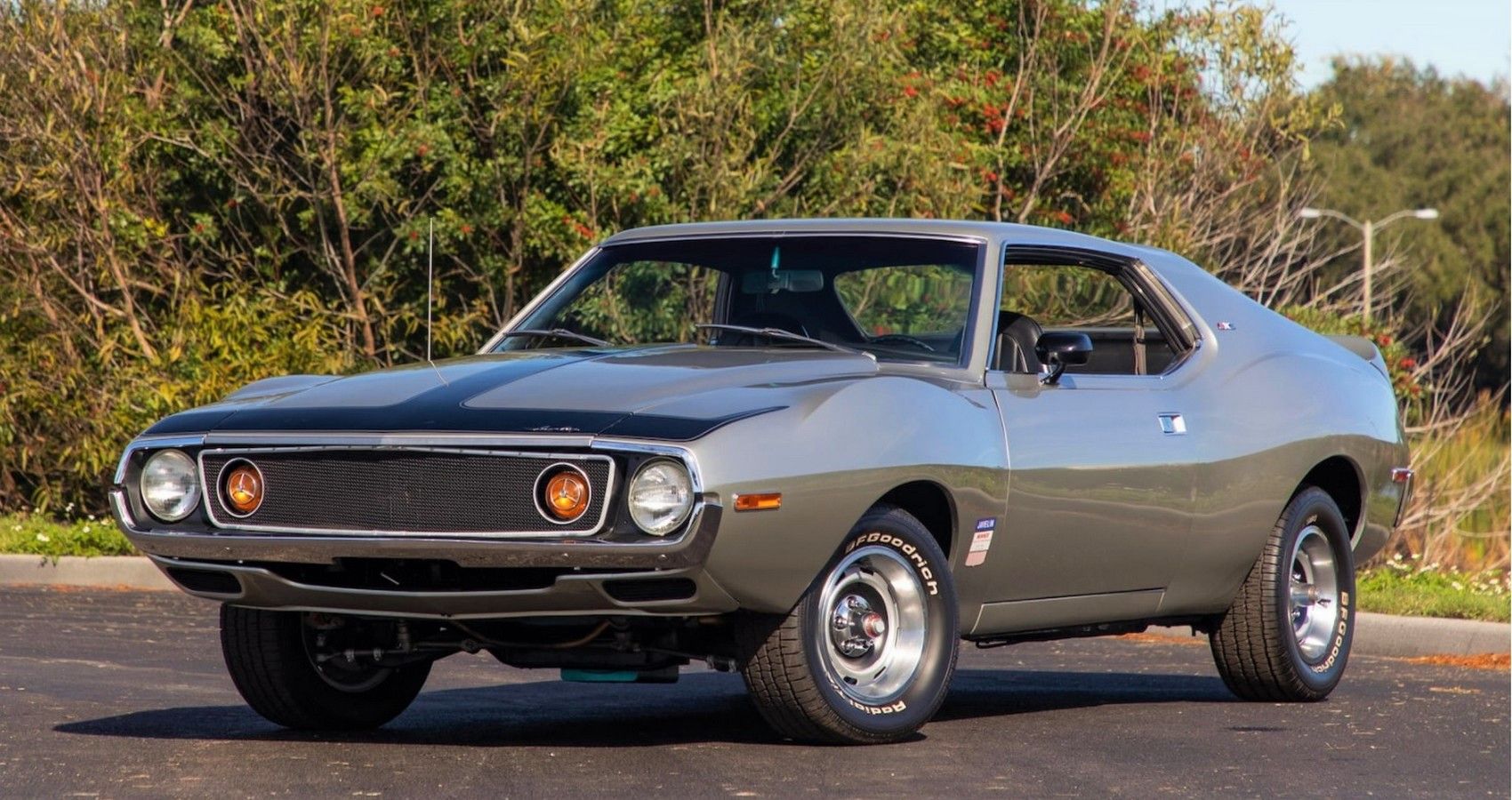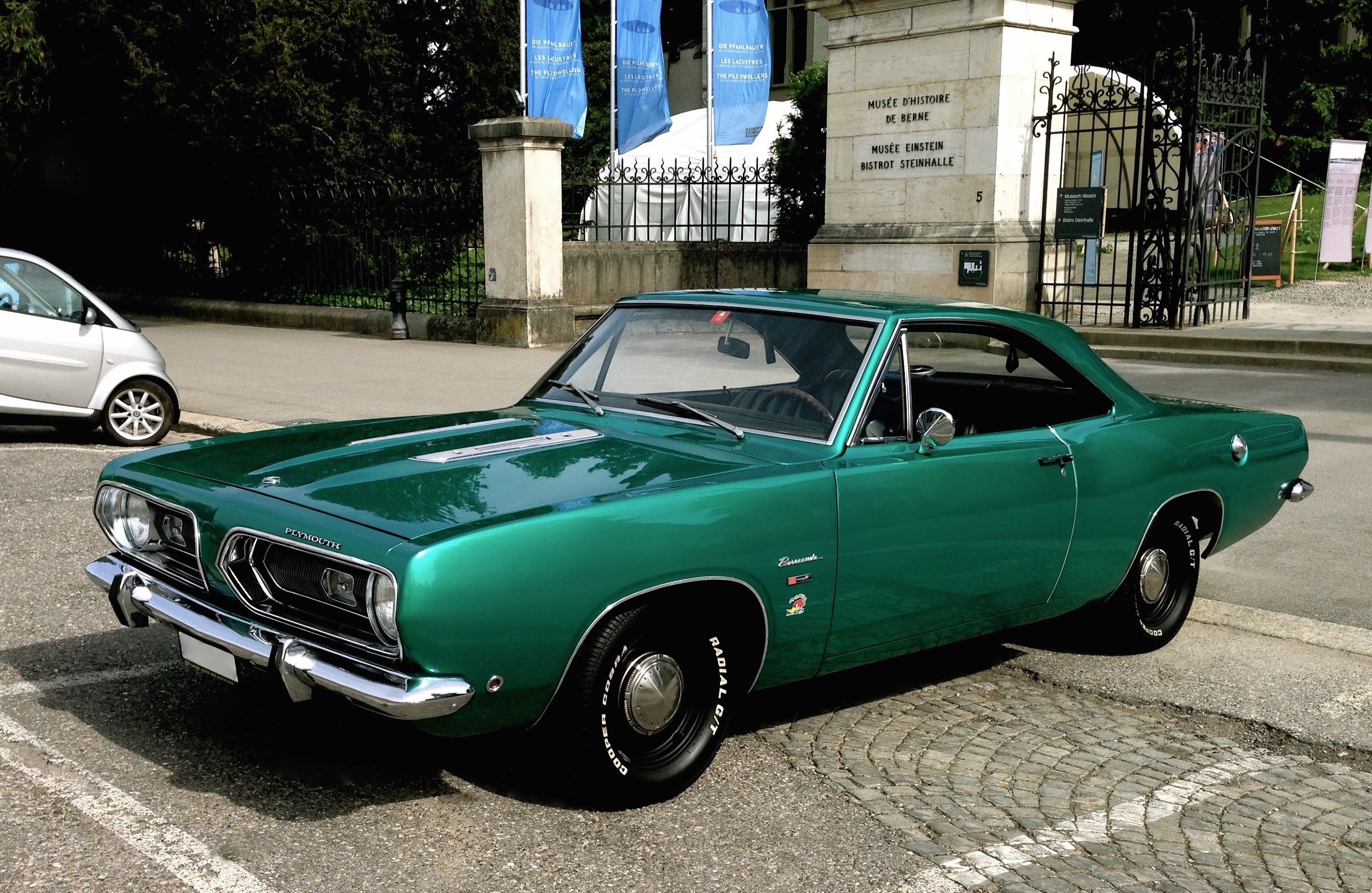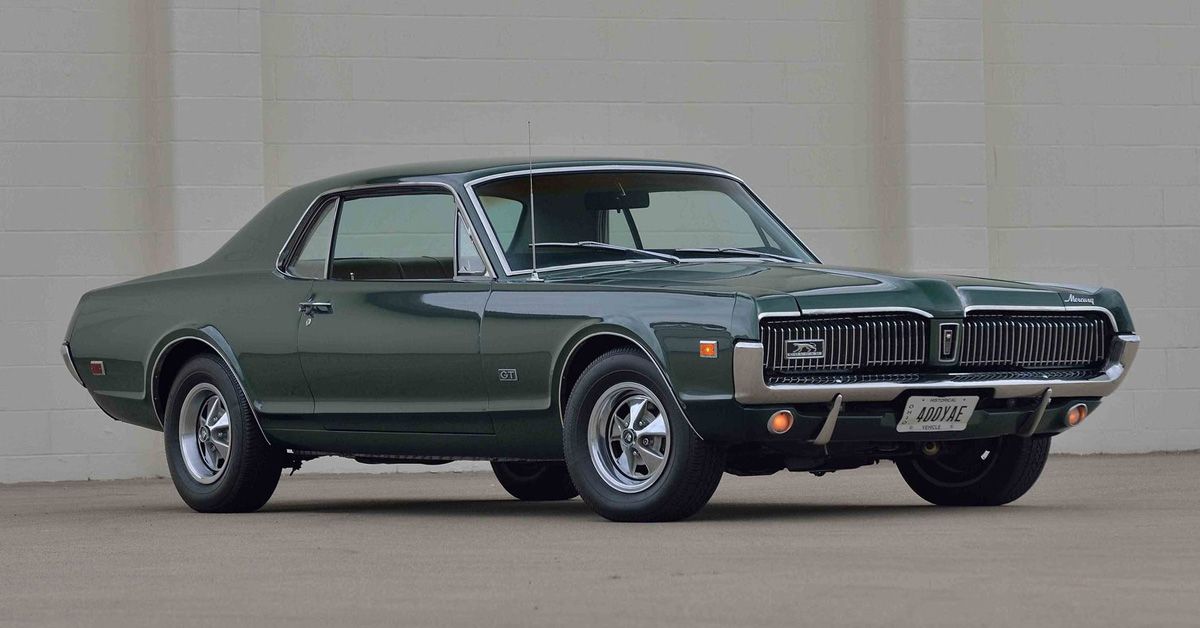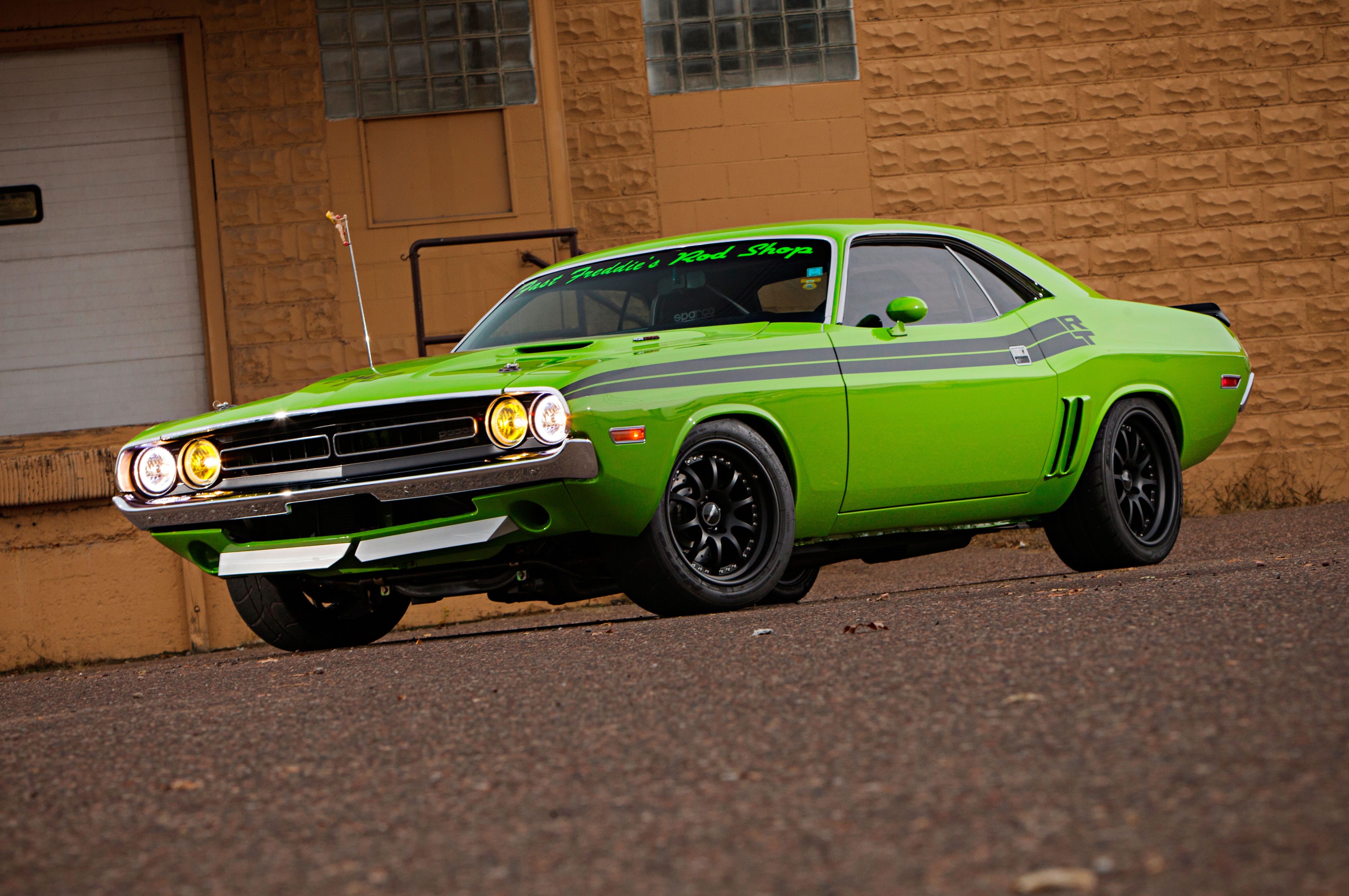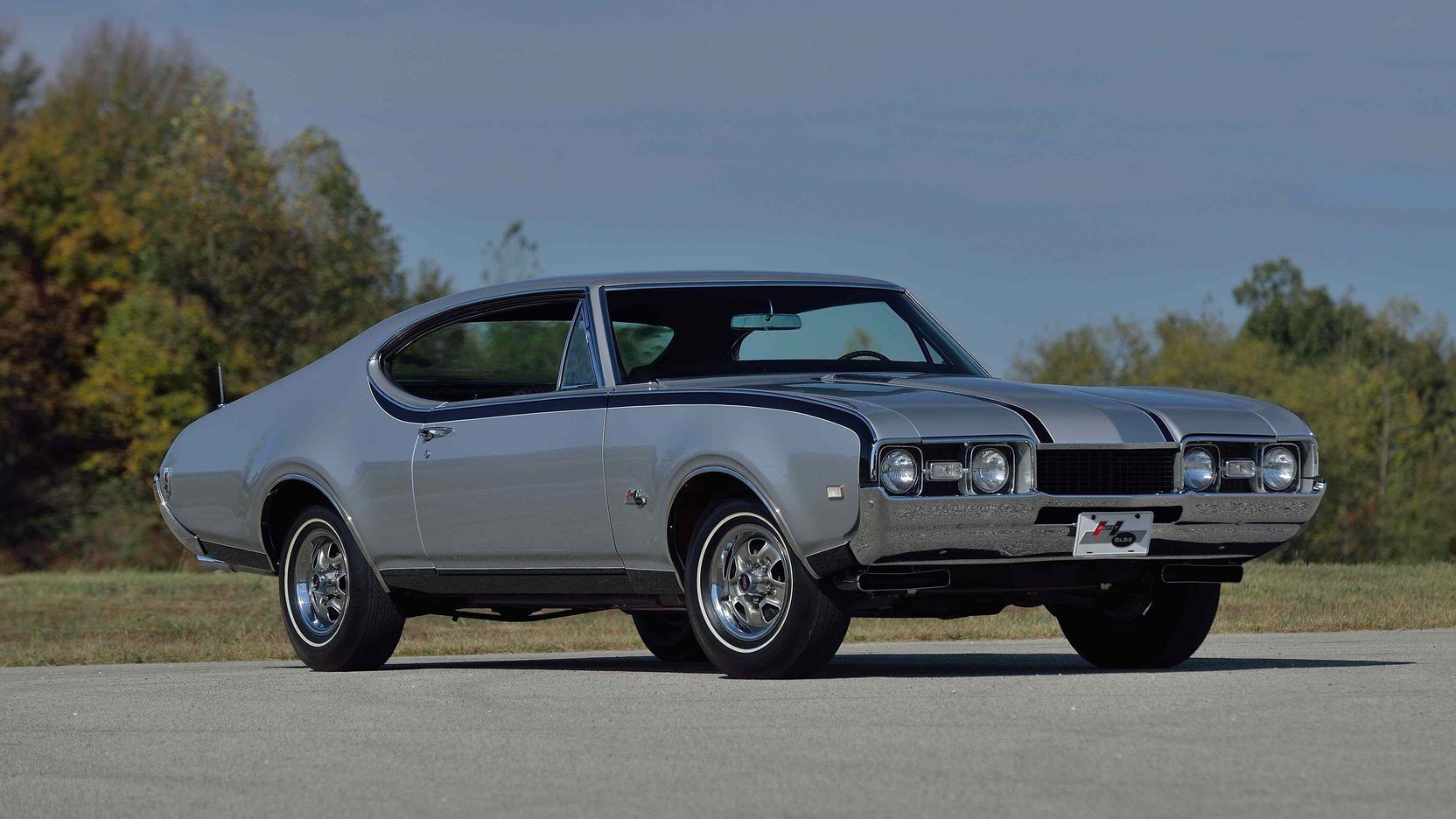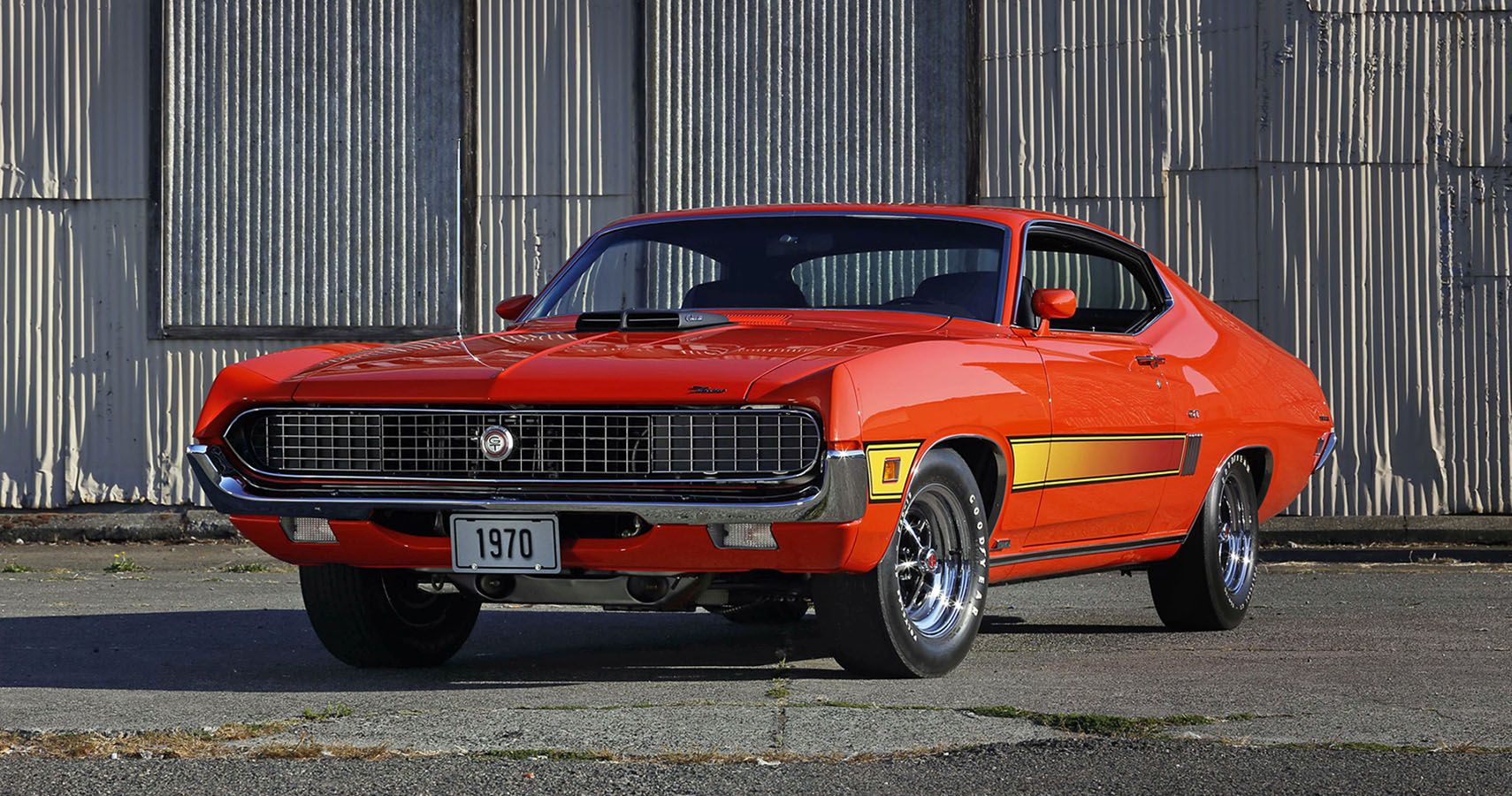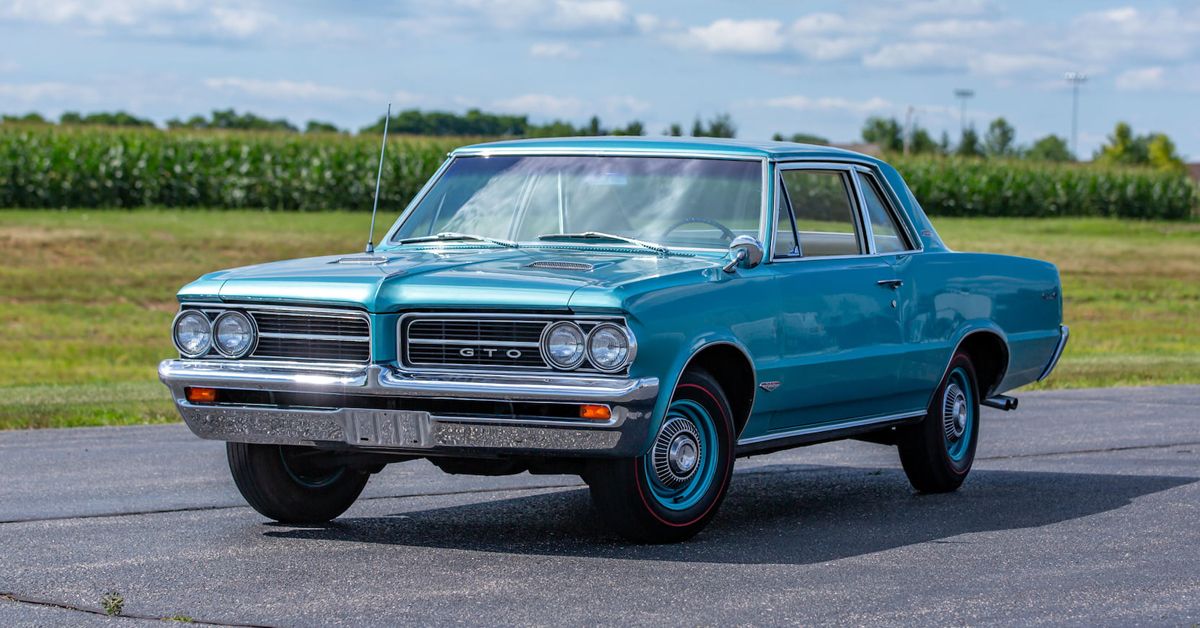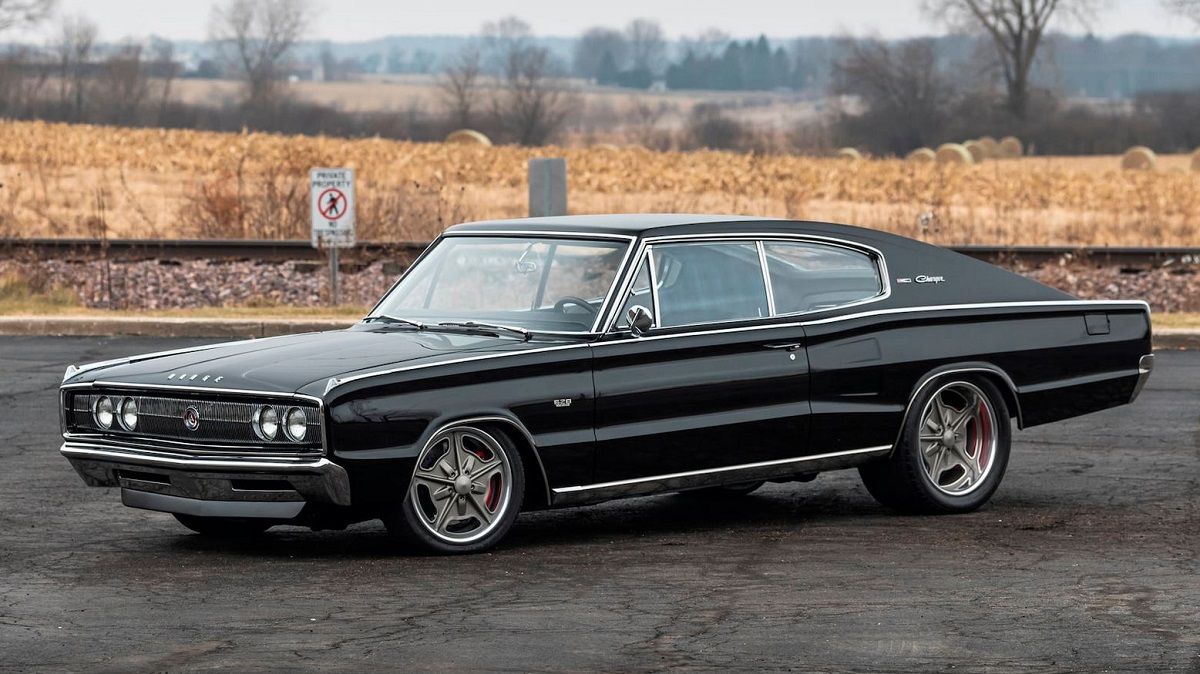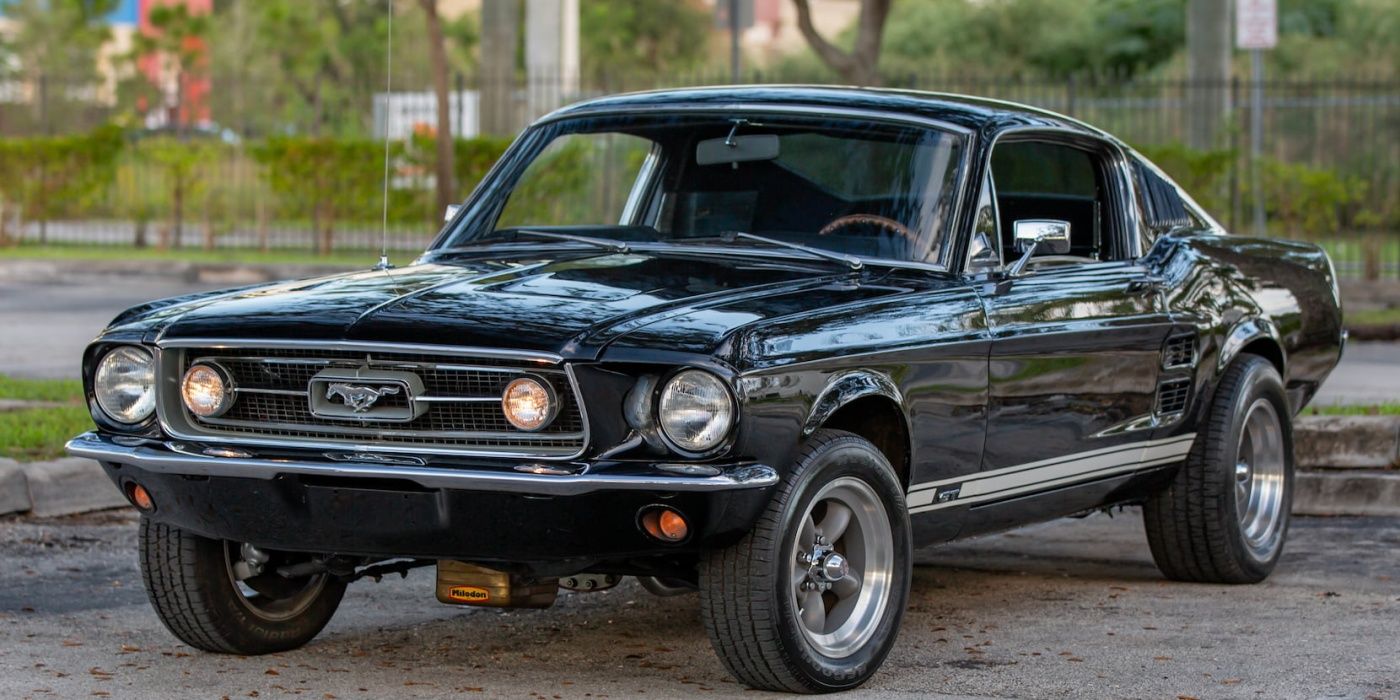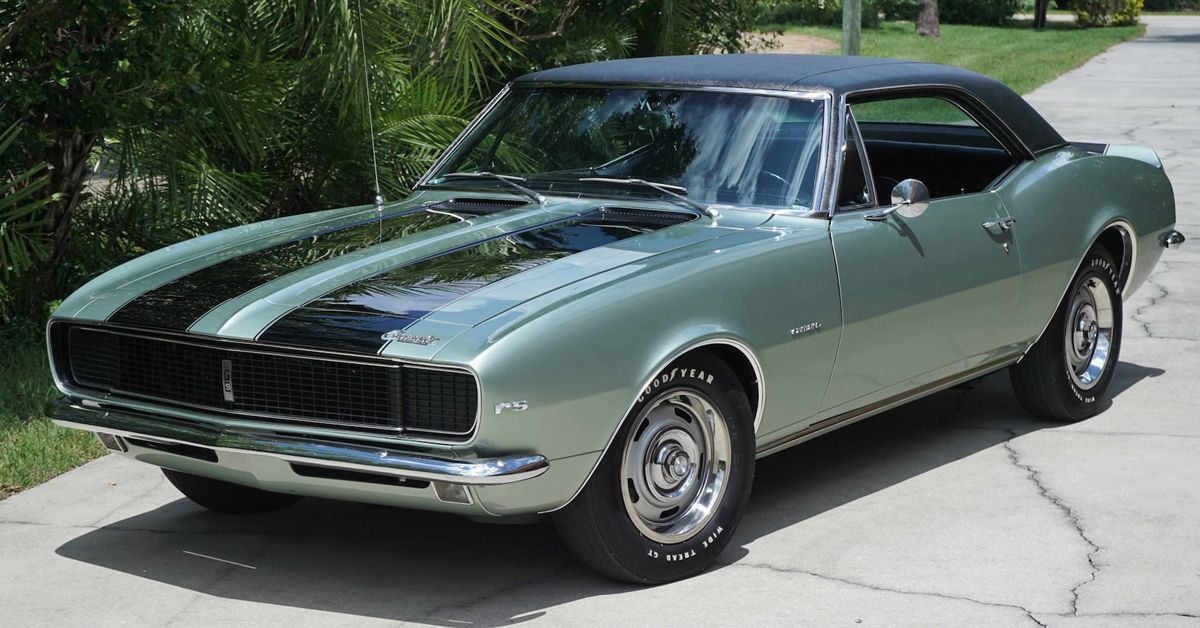The term American muscle car was first used in a magazine by automotive journalist Brock Yates, as he attempted to applaud the qualities of the 1964’s car of the year, the Pontiac GTO. Various U.S.-based marquees fiercely competed with the premise of shoehorning oversized engines into lightweight rear-wheel-drive cars derived from hot rod culture and drag racing. Although the muscle car movement started over a decade earlier, the brawny cars from the ’60s and ’70s heralded arguably the golden era of American automotive manufacturing.
Today, automobile enthusiasts and collectors are still swooning after the aggressive aesthetics, purpose-built performance upgrades, and high-performance engines from the fabled muscle car era. Unfortunately, the ever-increasing desirability of these classic highly sought-after muscle cars has seen prices soar to astronomical heights. In truth, only a handful of the models stand out amongst the crowd, so here’s a list of American muscle cars worth every penny.
10 1973 AMC Javelin AMX – $20,000
American Motors may have arrived late to the pony car party after Plymouth and Ford, but the AMC Javelin was a worthy contender. Although there’s some truth that the American muscle ceased to be in 1972, the ’73 Javelin AMX ‘humpster’ makes a case with its unit-body platform, standalone handling package, and impressive engine choices.
AMC offered a two-barrel carbureted 5.0-liter V-8 rated for 150hp, a two-barrel 6.0-liter V-8rated at 175hp, a four-barrel 6.0-liter V-8 with 220hp, and the top-of-the-heap four-barrel carbureted 6.6-liter V-8 listed with 255hp. In addition to Trans-Am race success, the Javelin AMX was the first pony car ever utilized by American law enforcement and highway patrol agencies. According to Hagerty, a good condition AMC Javelin AMX with the 255hp V-8 is worth around $20,000.
9 1969 Plymouth Barracuda – $25,000
The second-generation Barracudas incorporated wider big-block engines, essentially becoming what the originals should have been right from the debut. Chrysler was desperate to compete with the Mustang and Camaro, so they introduced Barracudas with great-looking A-body styles, impressive safety features, and a capable selection of V-8s.
The 1969 Barracuda line offered a 5.2-liter V-8 engine rated at 230hp, a 5.6-liter V-8with 275hp, a 6.3-liter V-8rated ar 330hp, and a 7.2-liter V-8 with 375hp. Although the Hemi engine Barracudas are most desirable, the eye-watering prices are far beyond what most people can afford. On the bright side, the ’69 Barracuda Cuda equipped with the high-performance 7.2-liter V-8 is worth every penny, demanding from $25,000 for a good condition model.
8 1967 Mercury Cougar GT – $25,000
Mercury designed the Cougar to fall somewhere between the pony car styling of the second-generation Mustang and the size and elegant demeanor of the Thunderbird. With this formula, the Cougar became an instant success, the most successful model launch in Mercury’s automotive history.
The desirable GT package places heavy emphasis on performance, including a 320hp 6.4-liter V-8, firmer suspension with solid rear bushings, dual exhausts, power steering, larger stabilizer bar, and power brakes with discs up front. Today, a well-maintained Mercury Cougar GT demands slightly over $25,000.
7 1970 Dodge Challenger R/T SE – $30,000
Although the Charger had been around since 1966, the original Challenger debuted later in 1970 to compete with the Mustang, Camaro, Barracuda, Cougar, and Firebird. Dodge introduced the Challenger SE the same year, and it had luxury features such as a cassette player, cruise control, and a comfortable interior.
The coveted Challenger R/T boasts a potent 375hp 7.2-liter V-8 engine, but the average price tag in today’s collector markets would cost you an arm and a leg. Nonetheless, the Challenger R/T SE is still on the affordable side of the price spectrum, offering a high-performance 335hp 6.3-liter V-8 at a more approachable price of $30,000.
6 1968 Oldsmobile 4-4-2 Hurst – $48,800
The 4-4-2 became an independent model in 1968, still based on the Oldsmobile A-body midsize platform. In addition, 1968 proved to be an even more dramatic year since Oldsmobile introduced a limited-run of 515 units of Hurst/Olds. All Hurst/Olds featured Turbo Hyrdomatics with Hurst Dual-gate shifter and Force Air systems.
Even more impressive, 1968 introduced the most potent engine ever fitted in an Oldsmobile 4-4-2, a 390hp 7.5-liter V-8. Considering most GM muscle cars at the time adhered to the 6.6-liter engine size restriction, the ’68 Oldsmobile 4-4-2 Hurst is worth every penny of the $48,800 average price.
5 1968 Ford Torino GT – $32,400
Although the Torino got overshadowed by the popularity of the legendary Mustang, it still managed to forge its name in muscle car history through the upscale GT-line variant. Offering an outstanding range of hardtops, coupes, and sedans, the GT caused waves with a handsome fastback body style that echoes the Mustang but with an even more radical roofline.
The most potent engine available with the 1968 Ford Torino GT was the high-performance 7.0-liter V-8 capable of an impressive 390hp. The super-slippery Torino GT fastback became an immediate hit with NASCAR, clinching the 1968 championship with David Pearson behind the wheel. Surprisingly, despite the racing pedigree, the ’68 Torino GT costs about $32,400.
4 1964 Pontiac LeMans GTO – $32,900
Before the Mustang took over the American automotive industry, GM was already reaping the fruits of the muscle car credited with revolutionizing the muscle car craze, the Pontiac GTO. Based on the Tempest Le Mans, the GTO package included dual exhaust and premium tires, a limited-slip differential, seat belts, tachometer, power steering, and power brakes as optional equipment.
Although the three two-carburetor 6.4-liter V-8 engine offers an impressive 348hp, the 325hp 6.4-liter V-8 is still a formidable option for nearly half the price. Considering the GTO evolved into one of the most definitive American performance cars of the 1960s, you could make a case that a well-maintained example is well priced at $32,900.
3 1967 Dodge Charger – $38,900
Dodge aimed the Charger at young enthusiasts with its unique styling and edgy boldness blended with street-smart prowess. The 1967 model year marked the last year of the first generation charger, distinguished by the hidden headlights, grille modifications, fender-mounted turn signals, near wall-to-wall rectangular taillights, regular-sized console, bucket seats, and optional vinyl roof.
The most exciting feature introduced in 1967 is the high-performance 375hp 7.2-liter V-8 engine dubbed the 440 Magnum. Considering the Charger was still a huge two-door fastback as compact pony cars gained popularity, the $38,900 price is justified.
2 1967 Ford Mustang GT – $52,000
Ford redesigned the Mustang in 1967 to include an aggressive shape, curvy panels, enlarged grille, concave rear taillight panel with larger lights, and simulated rear scoops. The interior boasted a redesigned dashboard, while air conditioning became integrated. The ’67 model year came with the GTA package, which included grille-mounted fog lights, power disc brakes, handling package, dual exhausts, and rocker panel stripes.
The most impressive feature introduced in the 1967 Mustang GT has to be the 320hp 6.4-liter V-8 engine option, which, unfortunately, increased power by 50{09e594db938380acbda72fd0ffbcd1ef1c99380160786adb3aba3c50c4545157} at the expense of being slightly challenging to work on. Today, a ’67 Mustang GT in good condition could go for as much as $52,000, but prices are undoubtedly expected to rise as the model clocks 35 years.
1 1967 Chevrolet Camaro Z/28 – $70,300
The Camaro started as a counterpunch devised for the famous Mustang, but it became a performance icon with almost three percent of all car sales in its debut year. Although Chevrolet sold the sports coupe in different versions, the Z/28 mid-year package is the rarest model, contributing to 602 examples of the total 220,906 production number.
The Z/28 is the better car on the road course than the SS variant, boasting a 290hp 4.9-liter V-8, front disc brakes, F41 suspension, close-ratio four-speed transmission, heavy-duty front coils and rear leaf springs. Considering the provenance, rarity, and SCCA Trans-Am road racing pedigree, the ’67 Chevrolet Camaro Z/28 justifies the $70,300 price point.
